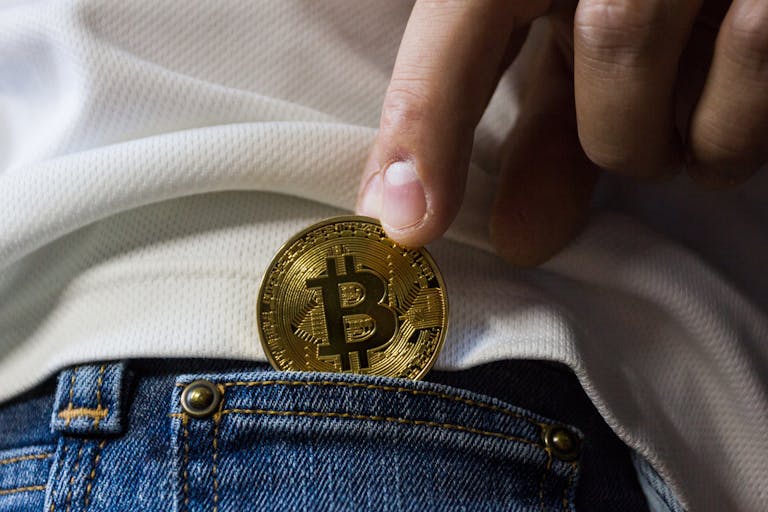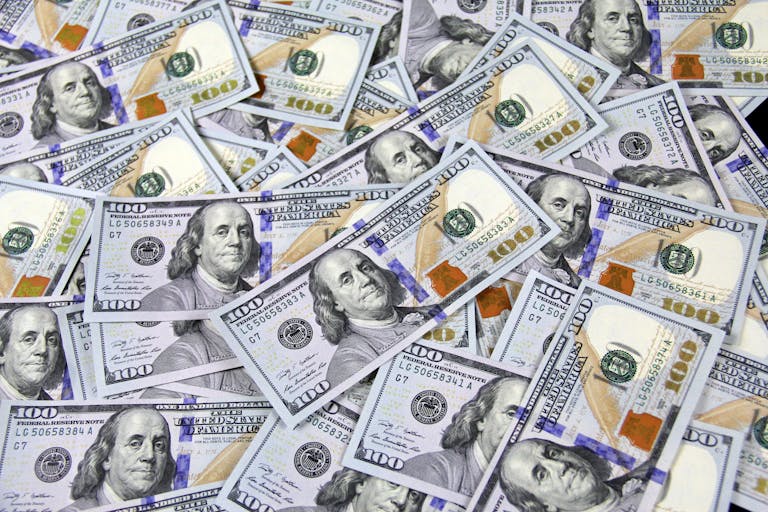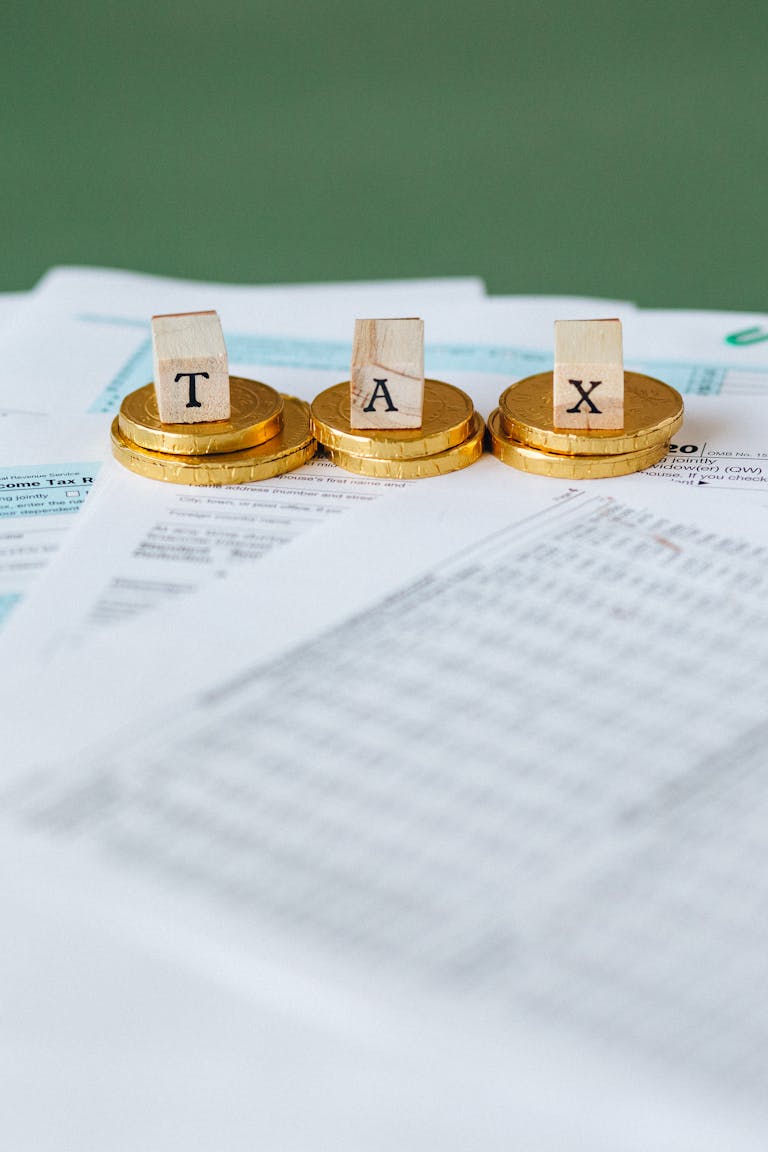High-Yield Savings Accounts: Are They Really Worth It in 2025?

There was a time when a savings account barely earned you enough to buy a cup of coffee in a year. Now? Some banks are offering 4% or more in annual interest. High-yield savings accounts (HYSAs) have gone from “nice to have” to “maybe I should actually pay attention to this.” But in 2025, with inflation still unpredictable and interest rates bouncing around, are they still a smart place to stash your money?
Let’s break it down in plain English.
What Is a High-Yield Savings Account?
A high-yield savings account works just like a regular savings account—but with a much better interest rate. While a standard savings account at a traditional bank might offer around 0.01% to 0.05% APY (annual percentage yield), a high-yield version can offer 10 to 40 times that amount.
Most HYSAs are offered by online banks or fintech platforms that don’t have physical branches, which helps them keep costs low and pass those savings along to you in the form of higher rates.
Key features:
- FDIC insured (just like regular bank accounts)
- Typically no monthly fees
- Easy transfers between linked checking accounts
- Interest compounds daily or monthly
What Do the Interest Rates Look Like in 2025?
As of early 2025, high-yield savings accounts are offering anywhere between 3.75% to 5.25% APY, depending on the institution and any terms or requirements attached.
Here’s a quick snapshot of some well-known offerings:
| Bank / Platform | APY (as of Q1 2025) | Minimum Balance | Notes |
|---|---|---|---|
| Ally Bank | 4.25% | $0 | No fees, great customer support |
| Marcus by Goldman Sachs | 4.75% | $0 | Well-known, easy to link external accts |
| SoFi | 4.60% | Direct deposit required | Also includes checking tools |
| Discover Bank | 4.30% | $0 | Reliable, user-friendly app |
| CIT Bank | 5.05% | $5,000 | Highest rate but higher minimum |
Rates change frequently, but most of these accounts are keeping pace with the Federal Reserve’s shifts. Just be sure to double-check whether the account you choose has any fine print—like requiring a direct deposit or maintaining a certain balance.
Why Interest Rates Went Up (and Might Not Stay There)
The past few years have been a rollercoaster. After years of ultra-low rates, the Federal Reserve began raising interest rates to combat inflation. That drove savings account yields up, which is great for savers. But in 2025, we’re now in a period of wait-and-see. Inflation has cooled a bit, and the Fed may start cutting rates again if the economy slows.
So, while that 5% APY looks nice right now, it may not last forever.
That said, even if rates dip, HYSAs will likely still beat traditional savings accounts by a long shot. They’re designed to be competitive.
When a HYSA Makes Sense
Here’s when a high-yield savings account can be a great fit:
- Emergency Fund: This is the number one reason people use HYSAs. You’re not investing this money, so it needs to be accessible—but it might as well earn more than a fraction of a percent while it sits.
- Short-Term Goals: Saving up for a vacation? A wedding? A new laptop? If you plan to spend the money within the next 1–3 years, an HYSA is a low-risk, no-stress place to grow it a little.
- Parking Extra Cash: Got a tax refund or bonus you’re not quite ready to invest? Don’t let it gather dust in your checking account. An HYSA gives it a bit more power.
When It Might Not Be the Best Option
HYSAs are solid—but they’re not perfect. Here’s when you might want to look elsewhere:
- Long-Term Investing: If your goal is retirement or growing wealth over decades, investing in stocks, index funds, or real estate will likely give you better returns.
- If You Need Immediate Access All the Time: Transfers between banks can take a day or two. If you need instant liquidity (like a checking account provides), keep some cash there too.
- If the Inflation Rate Beats the HYSA Rate: In rare cases, inflation can outpace even strong HYSA rates, meaning your money is technically losing value in real terms. Still, it’s a better bet than 0.01%.
How to Choose the Right HYSA
There are a lot of choices out there, but here’s how to pick the best one for your needs:
- APY: Higher is better—but watch for gimmicks. Some accounts offer teaser rates that drop after a few months.
- Fees: Avoid accounts with monthly maintenance fees.
- Accessibility: Make sure you can easily transfer money in and out.
- Minimum Balance Requirements: Look for $0 minimums unless you’re planning to park a large amount.
- User Experience: Check the mobile app and customer service reviews.
What About CDs or Money Market Accounts?
If you’re considering an HYSA, you might also be looking at certificates of deposit (CDs) or money market accounts. Here’s a quick rundown:
- CDs: Usually offer higher interest, but your money is locked in for a set time (like 6 months or 1 year). If you need to withdraw early, you’ll pay a penalty.
- Money Market Accounts: Similar to HYSAs, but may come with checks or debit cards. Rates are usually competitive but not always better.
HYSAs tend to hit the sweet spot between flexibility and decent returns.
The Bottom Line: Are They Still Worth It?
For most people, yes—high-yield savings accounts are still a smart move in 2025. They’re easy to use, safe, and actually offer returns you can notice. As long as you’re not trying to outpace the stock market with your emergency fund (which, please don’t), an HYSA gives you a strong place to store short-term cash.
Just remember: Rates aren’t guaranteed to stay high. But even when they drop, you’ll still be ahead of the big banks offering 0.01%. And that’s a win.







